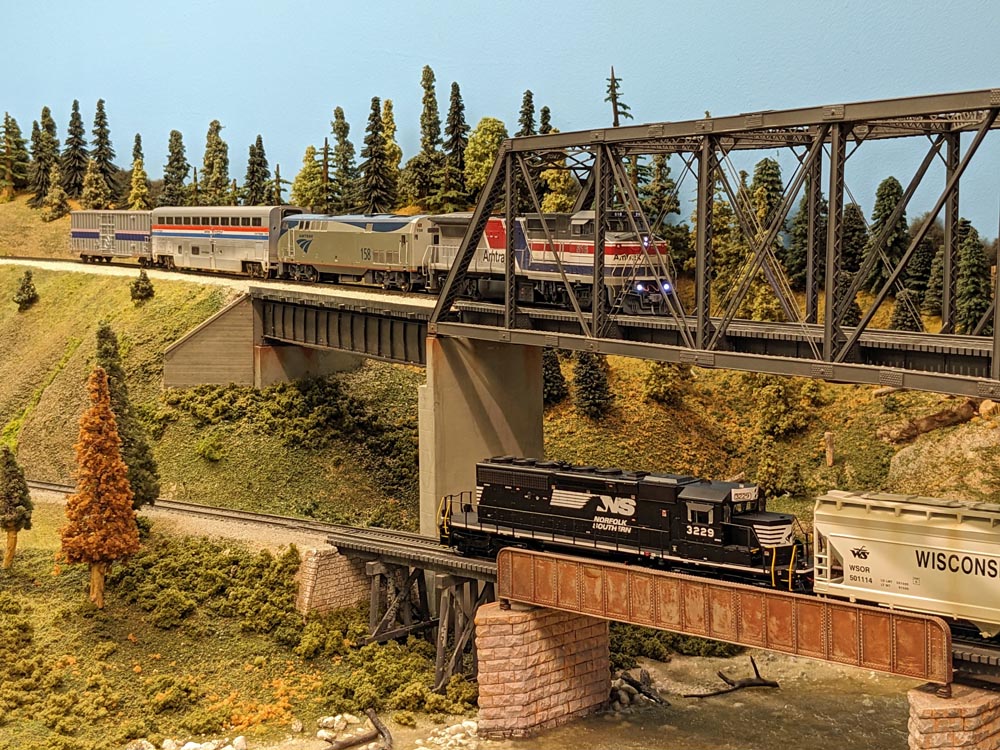
I hope you’ve enjoyed the tour we’ve taken of Amtrak’s short consists throughout the railroad’s history. Starting with the modern era, we then went back in time to the 1970s, then the 80s and 90s. This month, we’re looking at my favorite era of short Amtrak consists. Is it because that’s when I grew up? […]
Read More…
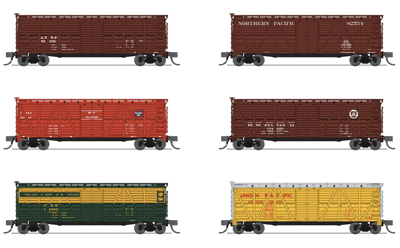
News & Products for the week of August 7th 2023 Model railroad operators and builders can get the latest information about locomotives, freight cars, passenger cars, tools, track, and more by reading Model Railroader’s frequent product updates. The following are the products Model Railroader editors have news on for the week of August 7th 2023. […]
Read More…
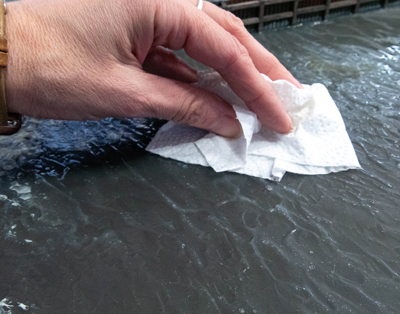
Keep scenery looking its best: There are two main issues with aging scenery – dust build-up and fading. Battling dust is an inevitability and an uphill battle if scenery work is continuing elsewhere in the room. Both dust and fading occur gradually over the years and can be hard to spot. Water and rolling stock […]
Read More…
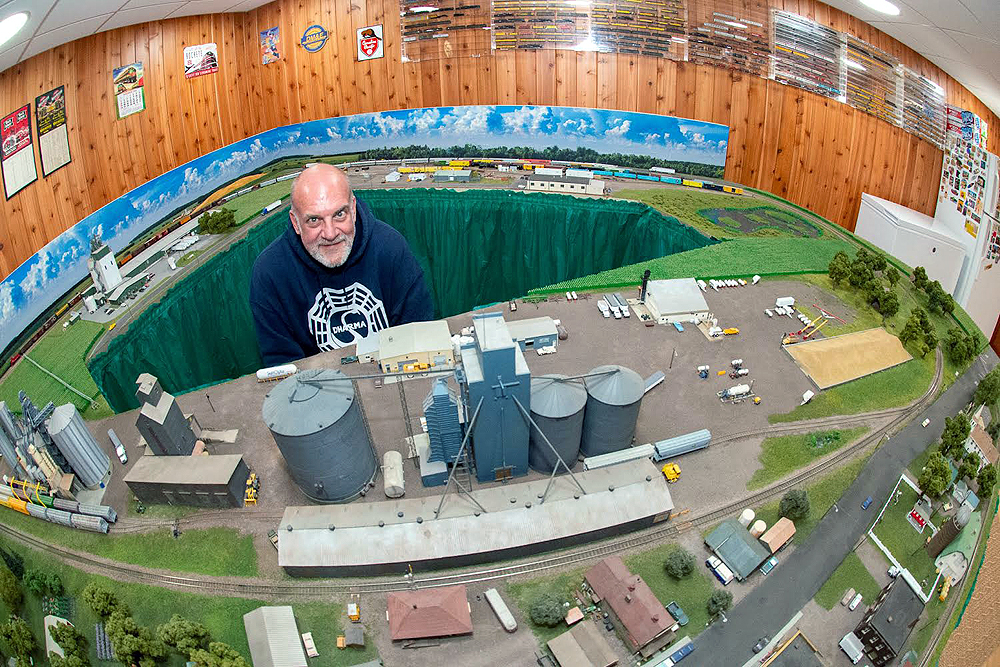
By Will Everitt An N scale locomotive resource celebrates an anniversary N scalers have questions. How does Athearn’s Big Boy compare to Broadway Limited’s? How can you tell the second run of Kato’s GP38-2 from its first? How do you remove the shell of a Fox Valley GP60M? What’s the (crazy!) production history of Con-Cor’s […]
Read More…
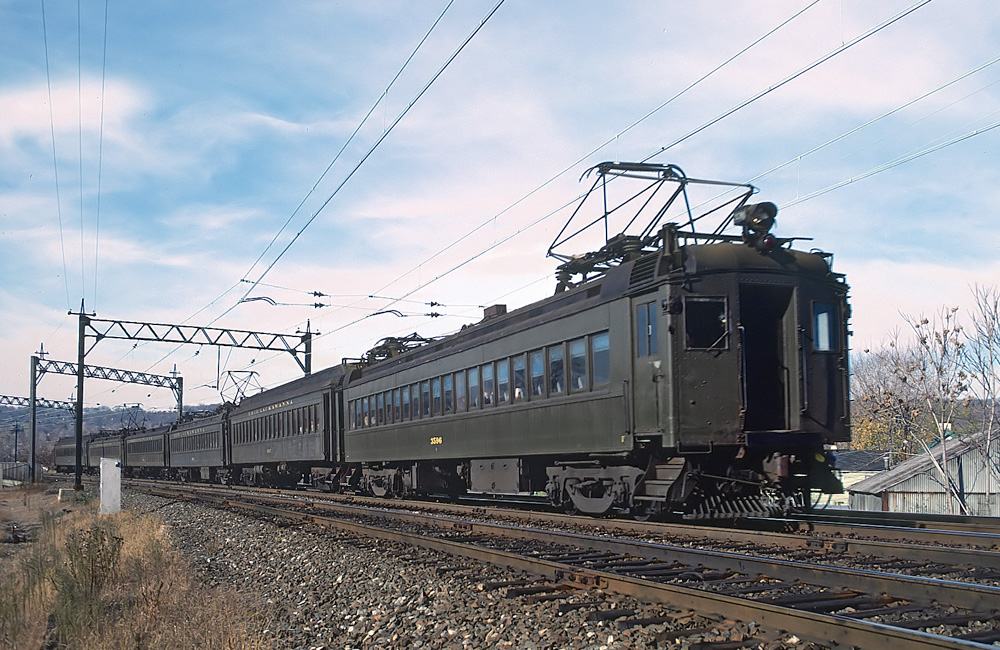
Q: I’m planning to model the Hoboken, N.J., and Brick Church, N.J., stations on the Delaware, Lackawanna & Western, the railroad I rode as a child and as an adult. I rode in the Lackawanna M.U. cars, but I can’t find them anywhere. I’m thinking I’ll buy the MuMP54 cars from Con-Cor and airbrush them […]
Read More…

Easier access to sneak track: Like model railroaders in other scales, most of us N-scalers are natural-born cheaters when it comes to layout planning. We set our design parameters, but then we start compromising them. Hey, it won’t hurt if we make this one curve a little tighter, or this aisle just a few inches […]
Read More…
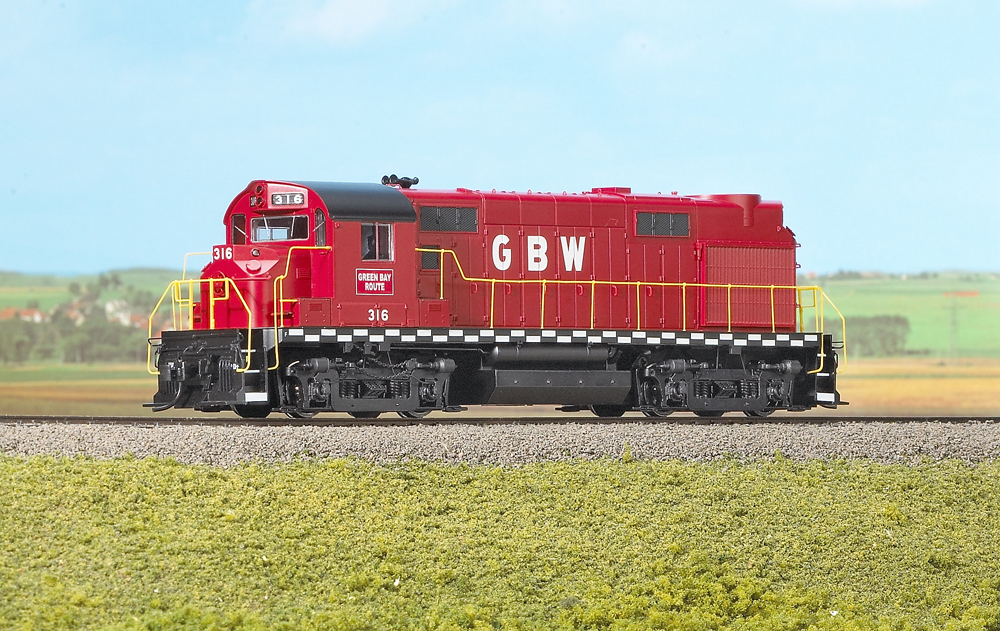
Classic Trains’ series “Diesels that didn’t” explores diesel locomotives that didn’t make it to large-scale production due to a variety of factors. However, some of those diesels made it to mass-production in the scale model world. Let’s take a look at the products offered to those modeling the diesels that didn’t. Electro-Motive Division BL2 HO […]
Read More…
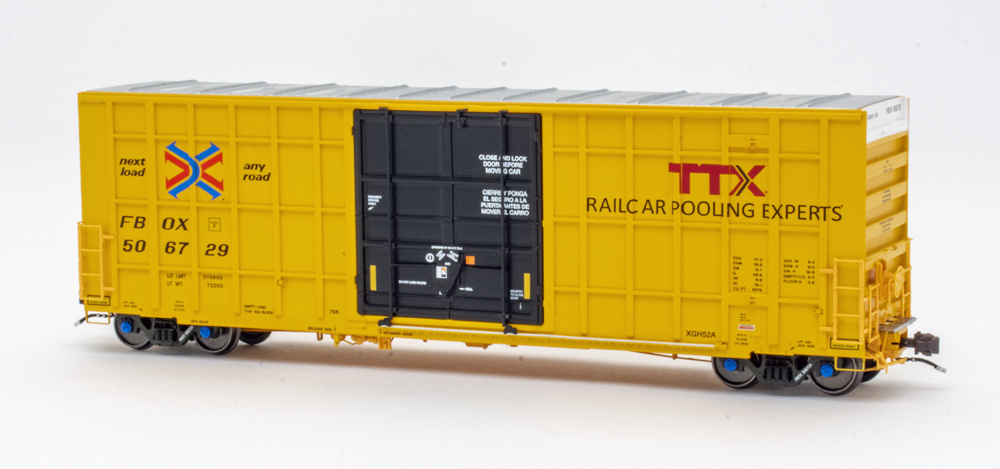
A newly tooled Gunderson 6,276-cubic-foot capacity 50-foot hi-cube boxcar is the latest release from Aurora Miniatures North America. The HO scale model, offered in six road names, features injection-molded plastic construction, prototype-specific trucks, and many freestanding details. The prototype The 6276 50-foot hi-cube boxcar has been a part of the Gunderson (Greenbrier) product lineup since […]
Read More…

Designing structure interiors with artificial intelligence: Artificial Intelligence (AI) is a burgeoning tool with many possible uses. My last article on the topic, ChatGPT and the model railroad, explored the use of text-based chat tools like ChatGPT for model railroading purposes, including generating layout concepts. At the end of that article, I used an AI […]
Read More…
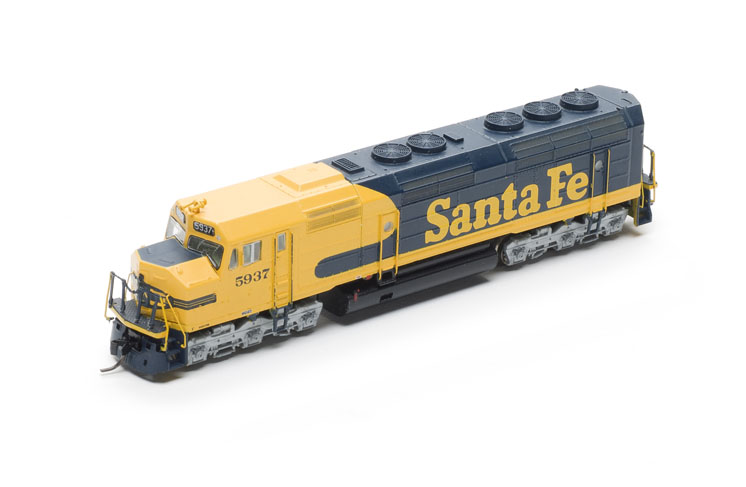
Resurrecting N scale engines: Several years ago I bought a couple Athearn N scale Electro-Motive Division (EMD) F45 locomotives that came with factory-installed Digital Command Control (DCC) sound decoders. I was thrilled. Only two railroads had ordered these big engines, and one was my beloved Santa Fe. (The other was Great Northern, also well-liked.) The […]
Read More…
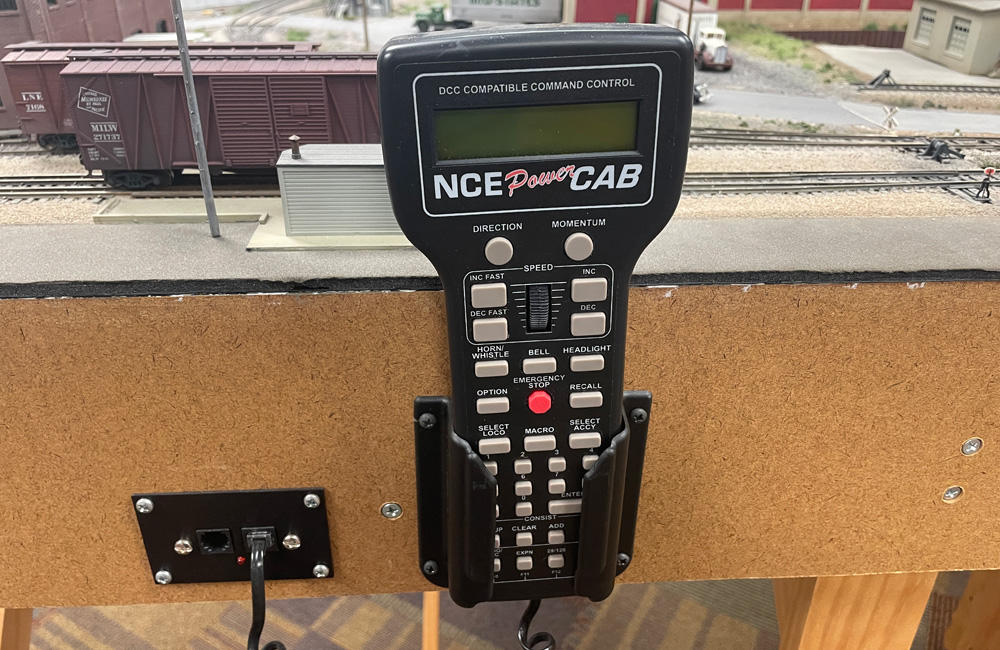
Thanks to these model railroad fascia fixtures, your layout’s fascia can do more than give the edge of your layout a finished look. That stretch of tempered hardboard, medium density fiberboard, plywood, or linoleum can also serve a practical purpose. Consider adding some of these model railroad fascia fixtures to make life easier for your […]
Read More…

Tips for N scale figures: The biggest advantage of N scale is its small size. This advantage has been gaining importance ever since N scale first appeared in the late 1960s, and particularly since the 1990s, when N scale came of age. This is because since the 1960s, prototype locomotives and cars have been getting […]
Read More…












